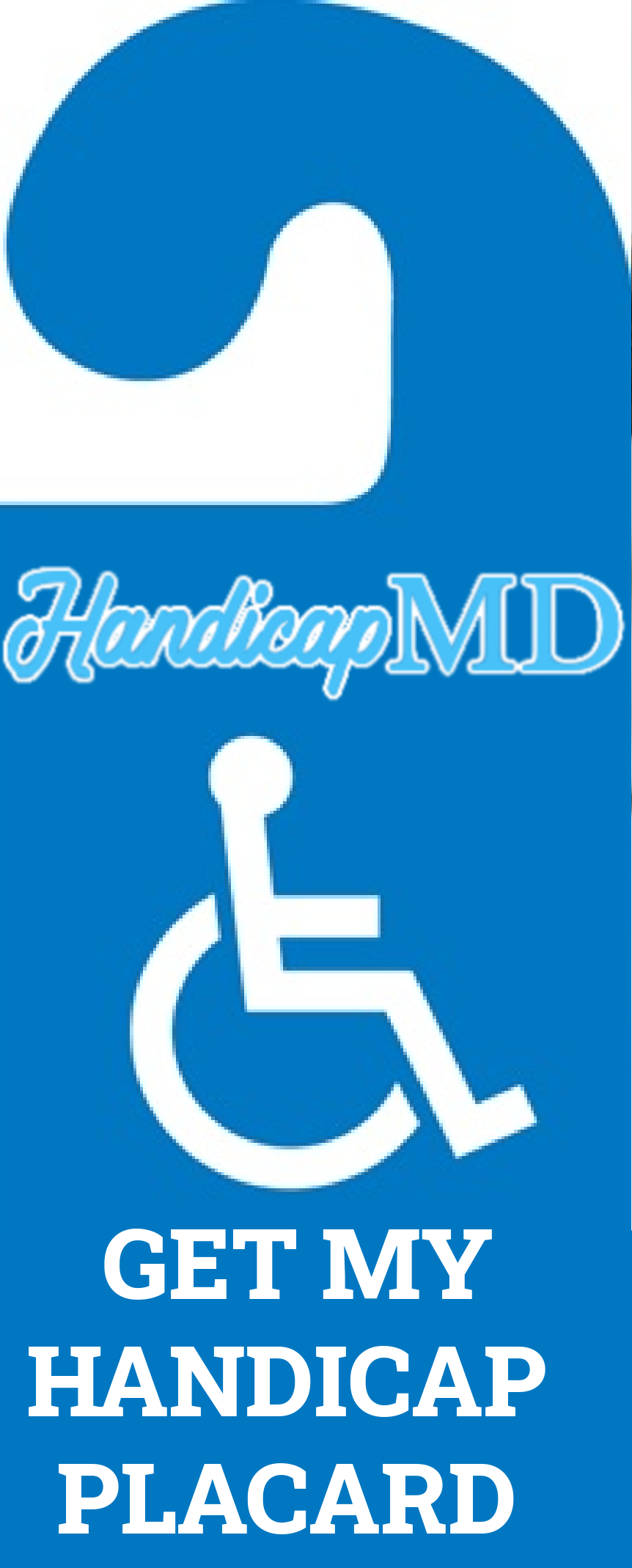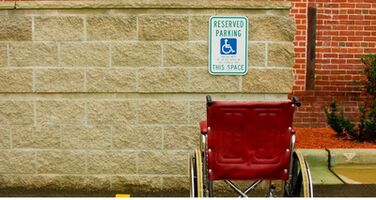
Understanding the Eligibility Criteria for a Handicap Placard in Utah
Introduction
In the state of Utah, individuals with disabilities can benefit from the use of a handicap placard, which provides them with convenient parking options and accessibility. However, it is essential to understand the eligibility criteria for obtaining a handicap placard to ensure that it is appropriately used and reserved for those who truly need it. This article aims to provide a comprehensive understanding of the eligibility criteria for a handicap placard in Utah, shedding light on the requirements and application process.
Who Qualifies for a Handicap Placard?
To qualify for a pass in Utah, individuals must meet certain criteria set by the Department of Motor Vehicles (DMV). The following conditions typically determine eligibility:
Physical Disabilities
Utah recognizes physical disabilities as a primary qualification for a permit. These disabilities include but are not limited to:
- Mobility impairments
- Loss of limb(s)
- Paralysis
- Respiratory disorders
- Visual impairments
- Cardiac conditions
It is important to note that the severity and impact of the disability on an individual's daily activities are crucial factors considered during the evaluation process.
Temporary Disabilities
In addition to permanent disabilities, individuals with temporary impairments may also qualify for a temporary handicap permit. Temporary disabilities may arise from accidents, surgeries, or other medical conditions that hinder mobility and independence. The duration of eligibility for a temporary pass is determined by the medical professional providing treatment.
Application Process
To obtain a handicap placard in Utah, applicants must follow a straightforward application process. Here are the steps involved:
Complete the Application Form: Start by filling out the Application for Disabled Persons Special Plates, Placards, or Decals (Form TC-842). This form can be downloaded from the official website of the Utah DMV or obtained in person from a local DMV office.
Provide Medical Certification: The application must be accompanied by a medical certification from a qualified healthcare professional, verifying the applicant's disability. The certification should include specific details about the nature of the disability and its impact on the individual's mobility.
Submit the Application: Once the form is completed and the medical certification is obtained, submit the application to the Utah DMV. This can be done online, by mail, or in person at a local DMV office.
Pay the Required Fees: A nominal fee is associated with obtaining a handicap pass in Utah. The fee covers the processing and issuance of the pass.
Receive the Placard: If the application is approved, the applicant will receive the pass, which should be prominently displayed in the vehicle when using designated parking spaces.
Frequently Asked Questions
1. Can I use a disability pass issued in another state in Utah?
Yes, Utah recognizes valid passes issued by other states. However, it is essential to familiarize yourself with the specific rules and regulations regarding out-of-state passes to ensure compliance with Utah laws.
2. What should I do if my disability pass is lost or stolen?
If your Utah handicap placard is lost or stolen, you should report it to the Utah DMV immediately. They will provide guidance on obtaining a replacement placard and any necessary documentation.
3. Can a family member use my disability pass?
Handicap permits are issued to individuals, not vehicles. Therefore, it can be used by the qualifying individual, regardless of the vehicle they are traveling in. However, it is important to note that the permit should only be used when the qualifying individual is present in the vehicle or being picked up or dropped off.
4. How long is a disability pass valid?
Disability passes in Utah are typically valid for a period of three years. Temporary ones are valid for the duration specified by the medical professional, usually up to six months.
5. Can I apply for a disability pass on behalf of someone else?
Yes, it is possible to apply for a pass on behalf of someone else. However, the application process requires accurate information and medical certification specific to the person for whom the pass is being sought.
6. Can I use my disability pass in metered parking spaces?
In Utah, individuals with permits are allowed to park in metered spaces without payment, as long as the time limit does not exceed two hours. This privilege aims to provide convenience and accessibility to individuals with disabilities.
Conclusion
Understanding the eligibility criteria for a handicap placard in Utah is crucial for both individuals with disabilities and those who encounter designated handicap parking spaces. By ensuring that the placards are used by those who genuinely need them, we can create a more inclusive and accessible environment for all. If you meet the eligibility criteria outlined by the Utah DMV, consider applying for a handicap placard to enhance your mobility and convenience.
.png)






